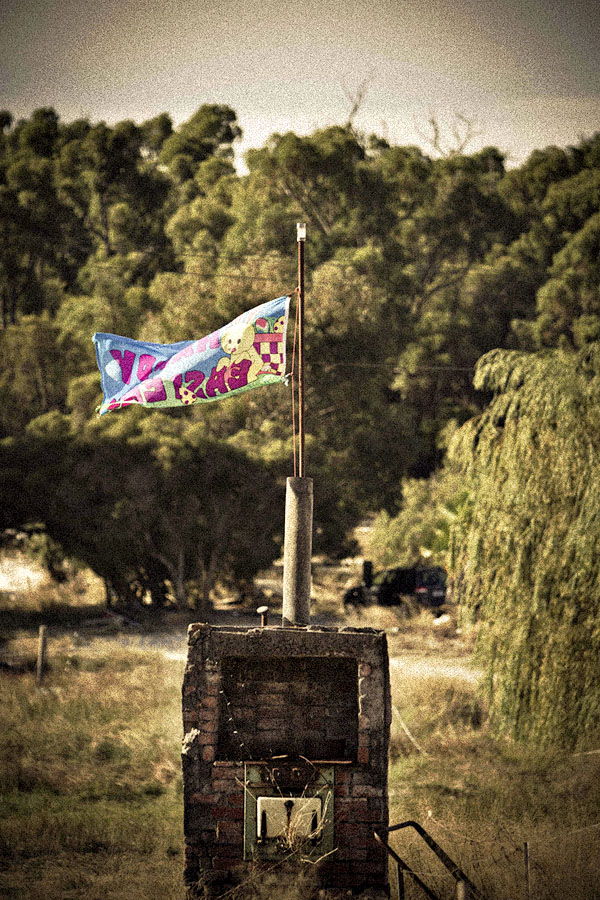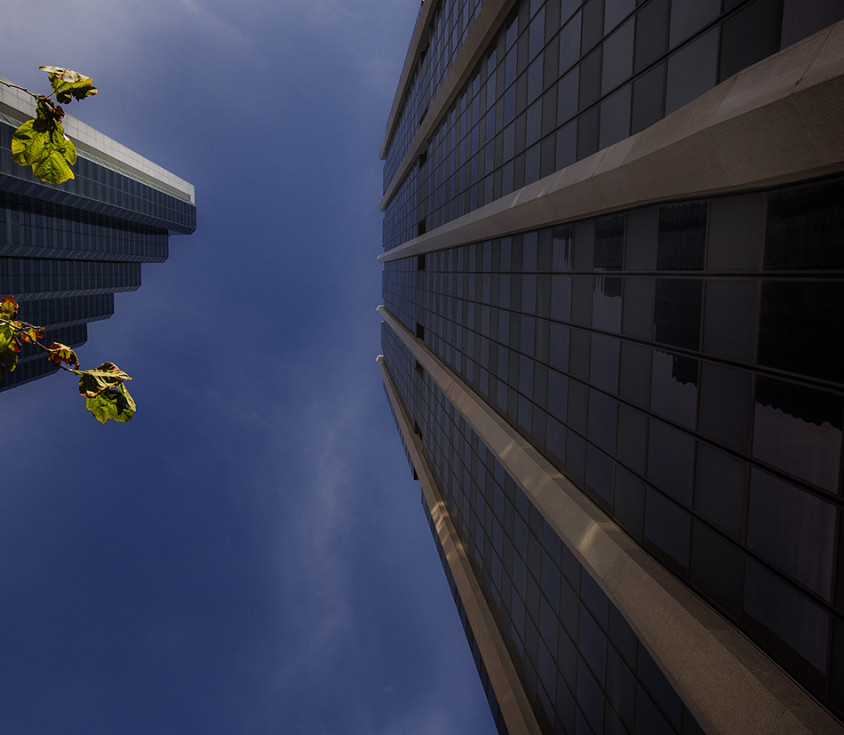
Preparing Digital entries for Photography competitions –
Judging digital entries for photography awards can be a complex process. The main reason is for the diversity of art and the subjective viewpoint that can be taken for each an every photograph.
Since being involved in judging photography award I have seen a variety of different elements that can influence the way in which a photograph is judged.
Film V Digital
Early on I saw may film produced photographs presented as a print for judging. This meant that the final presentation including printing choices of paper, colour and even size came into consideration.
The art of printing
Printing is an art in itself and always has been. In this day and age printing has taken on a whole different meaning with so much control moved from the darkroom to the digital darkroom.
Each year when preparing for the professional photography award, countless hours are consumed on fine tuning the final print. Test printing is not just a thing of the past.
Paul Dowe of Paul Dowe Galleries, my close business associate would tirelessly in producing magical print results to match our photography skills. In some way I believe this is the complete photographic process.
A Digital world
Apart from professional photography awards, where most of the entries are printed, most photography competitions call for digital entries. This encourages more entries from participants because of the low overhead cost of producing the final image.
We use digital cameras now and work in a digital darkroom, so it makes sense in many ways for the final presentation to digital too.
Challenges in Judging digital entries.
My personal opinion is that there are some challenges with judging digital images. The first being, that as a judge there is just so many more entries to judge.
Often I am finding that entrants are presenting not only their best work but also images they are not sure of hat they want critiqued for personal feedback. It’s a great way to broaden you skills.
The other challenge for digital entries in photography competitions is the viewing platform.
Photography in a new direction
In professional photography circles, photographic prints are presented under a specific and constant light setting. Photographers work hard to reproduce the most please results to be viewed under those lighting conditions.
Photographs are carefully printed and prepared so that the judge and other viewers can enjoy the image that has been created and compare the image evenly against other entries.
Getting it right for the screen
With digital entries it becomes more difficult to reproduce the image on the viewing screen identically as seen on your screen when editing.
As a Photography judge it becomes more difficult to determine what is correctly exposed, how much detail is actually within the black and whether an image has good tonal range. ( I will share another post on these elements soon).
Keeping with the rules
These elements are an important consideration when judging photographic quality and are just as important as rule of thirds, leading lines and generally good exposures. In it is in the final control and detail that we are able to micro adjust and lift the quality of the photographs we take.
Tools for finer results
Professional photographers and accomplished amateur photographers alike are taking correctly exposed photographs with sound compositions and refining those more precise techniques to present beautifully crafted photographs.
Learning the secrets
Tools like Photoshop are important in the final process. Dezire Studios and Paul Dowe Galleries combine to teach people the finer tips in photography and image making, including the important printing process and preparing digital files for photography competitions (and facebook album galleries too).
You can check out some of our photography workshops and the accompanying critique and training sessions here at Wildlight tours.

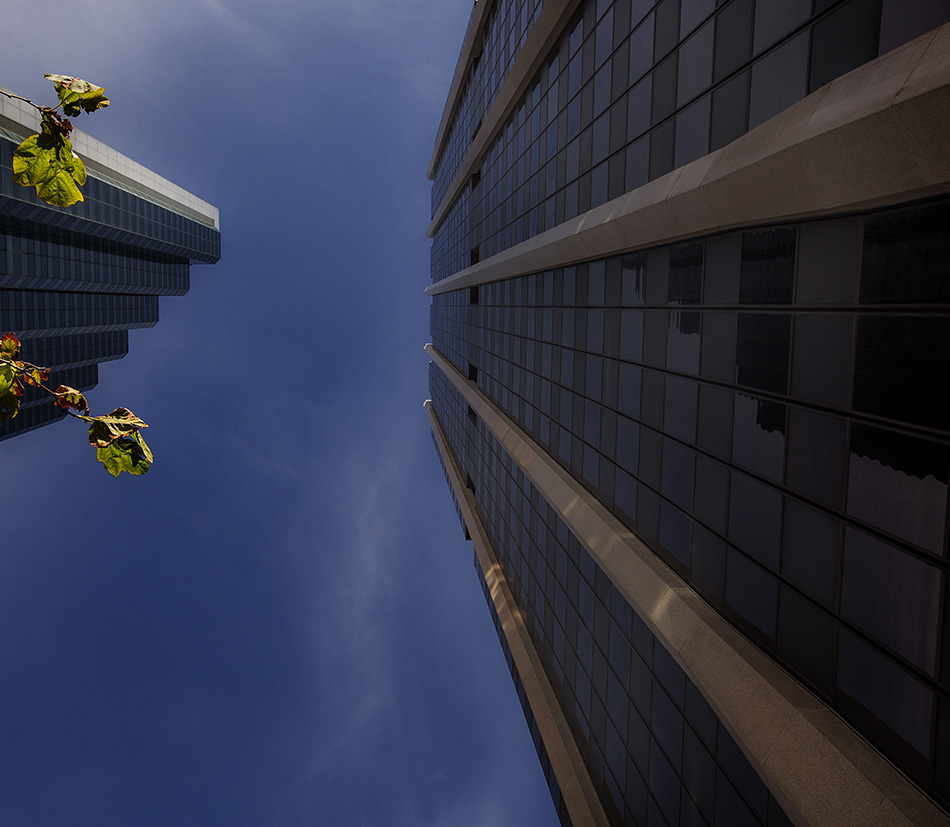
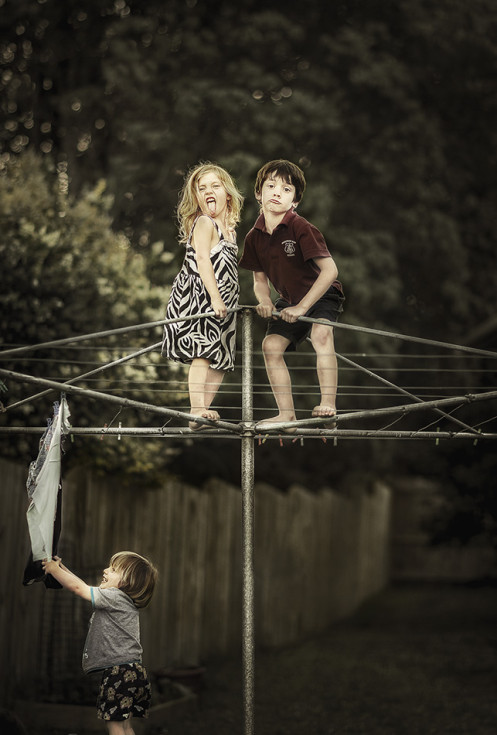
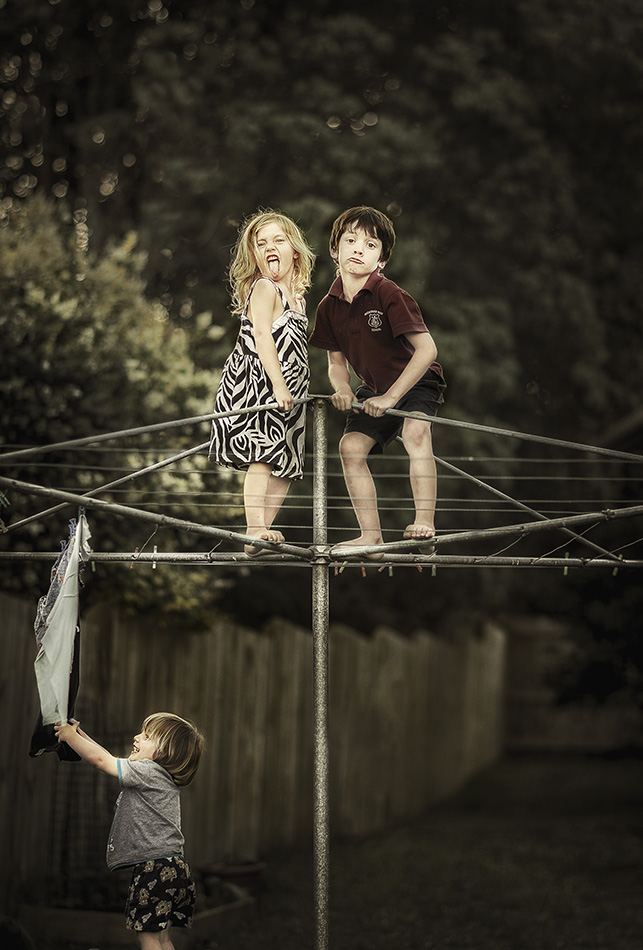
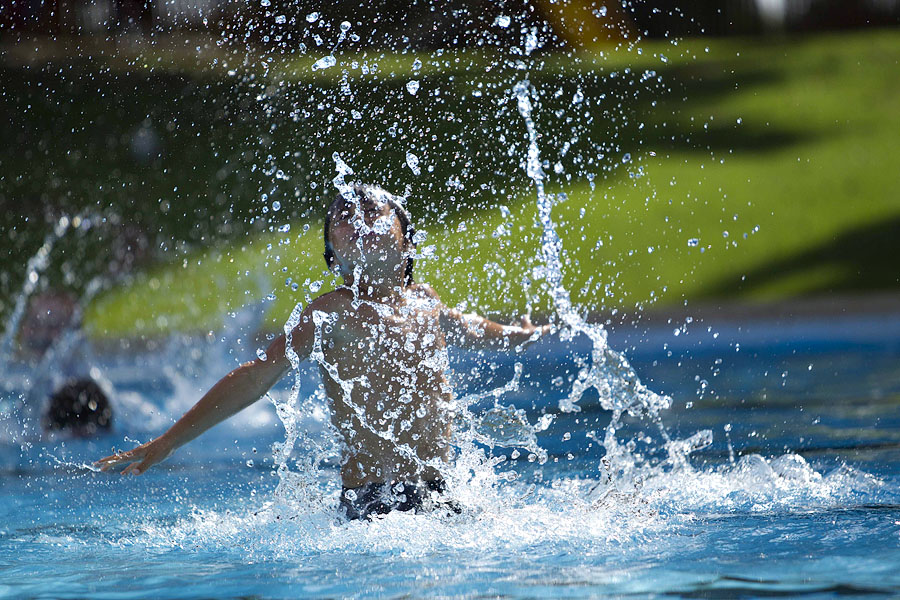




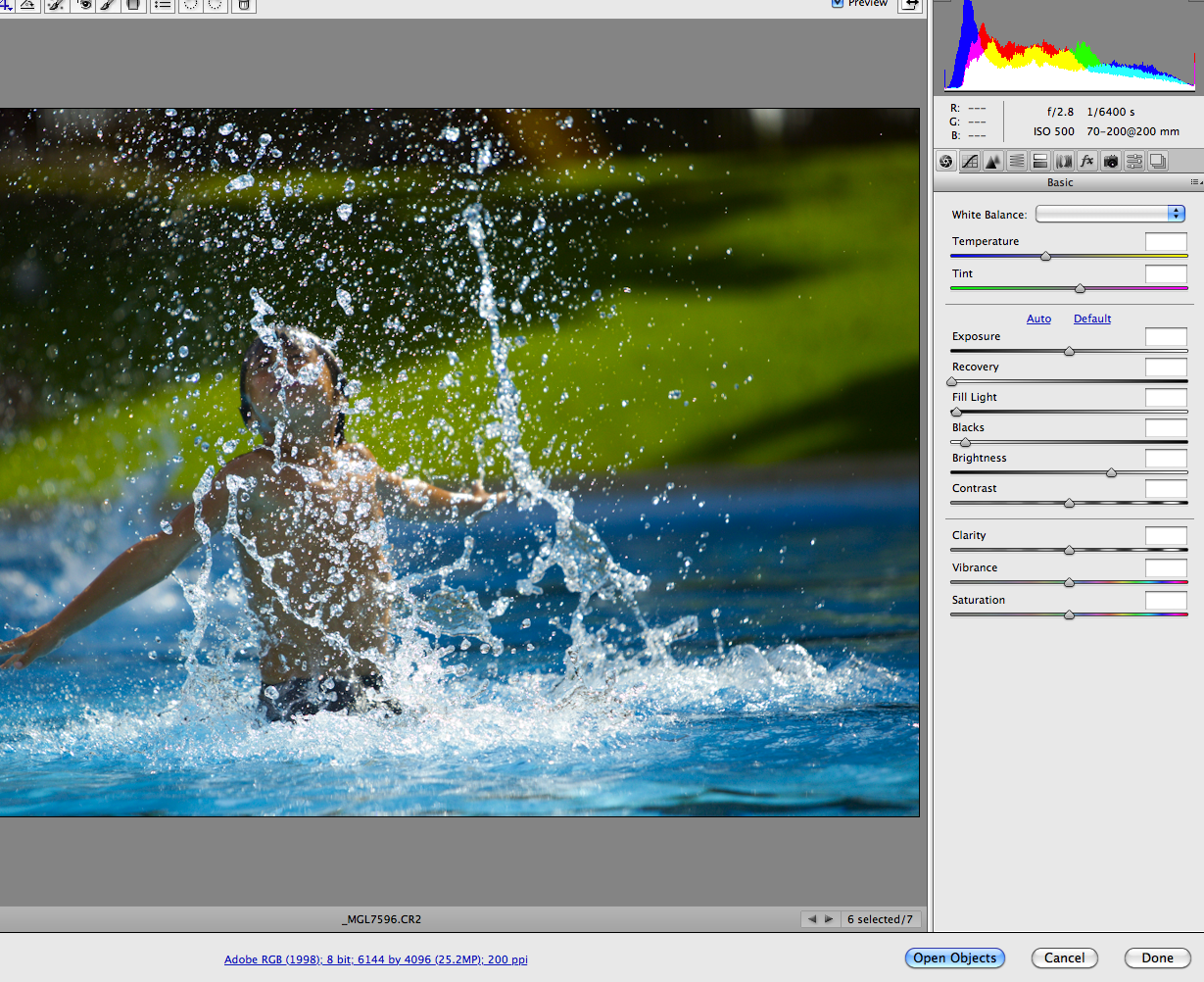
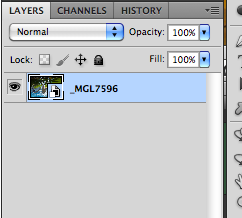
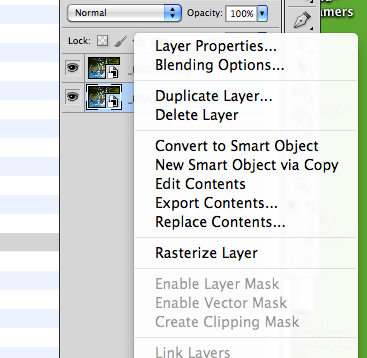
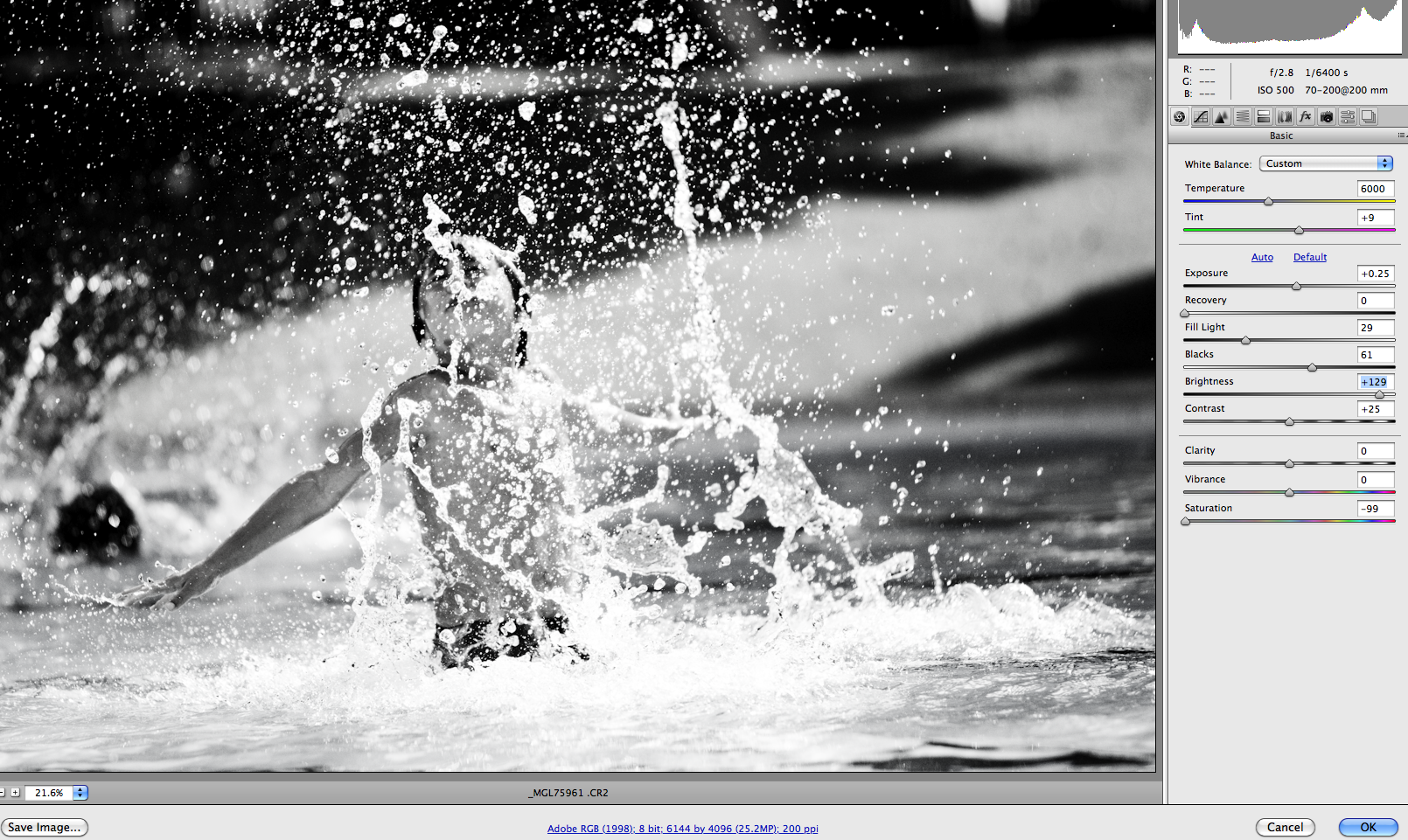

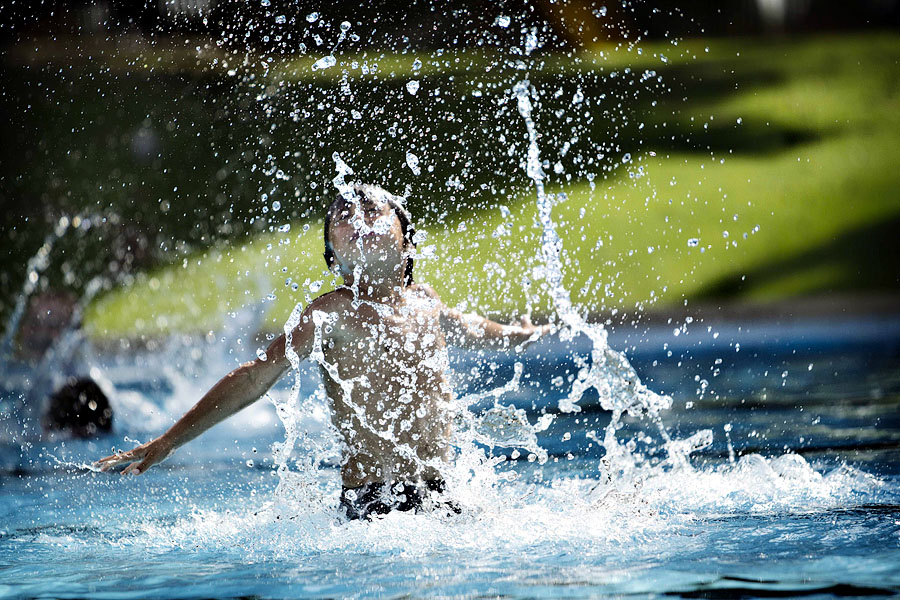


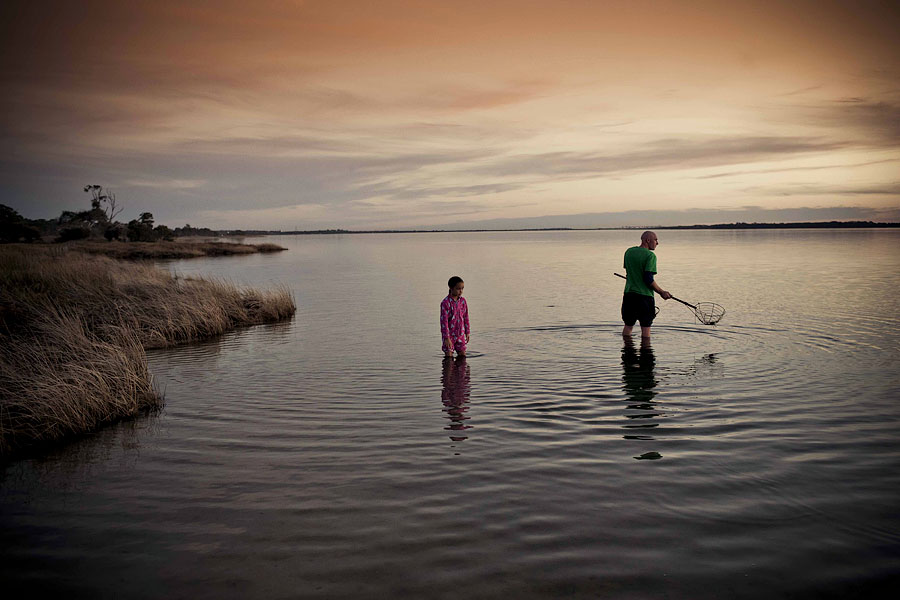

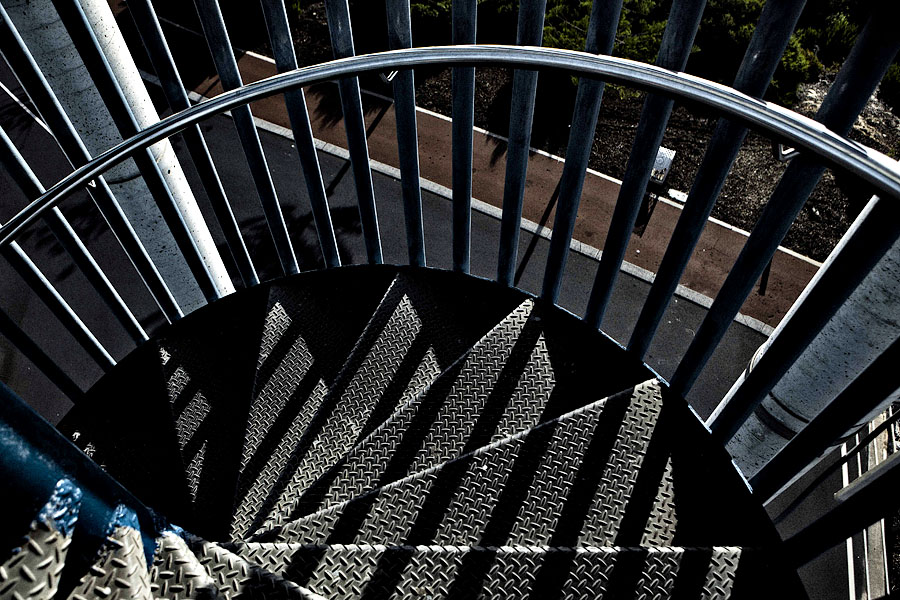
.jpg)
